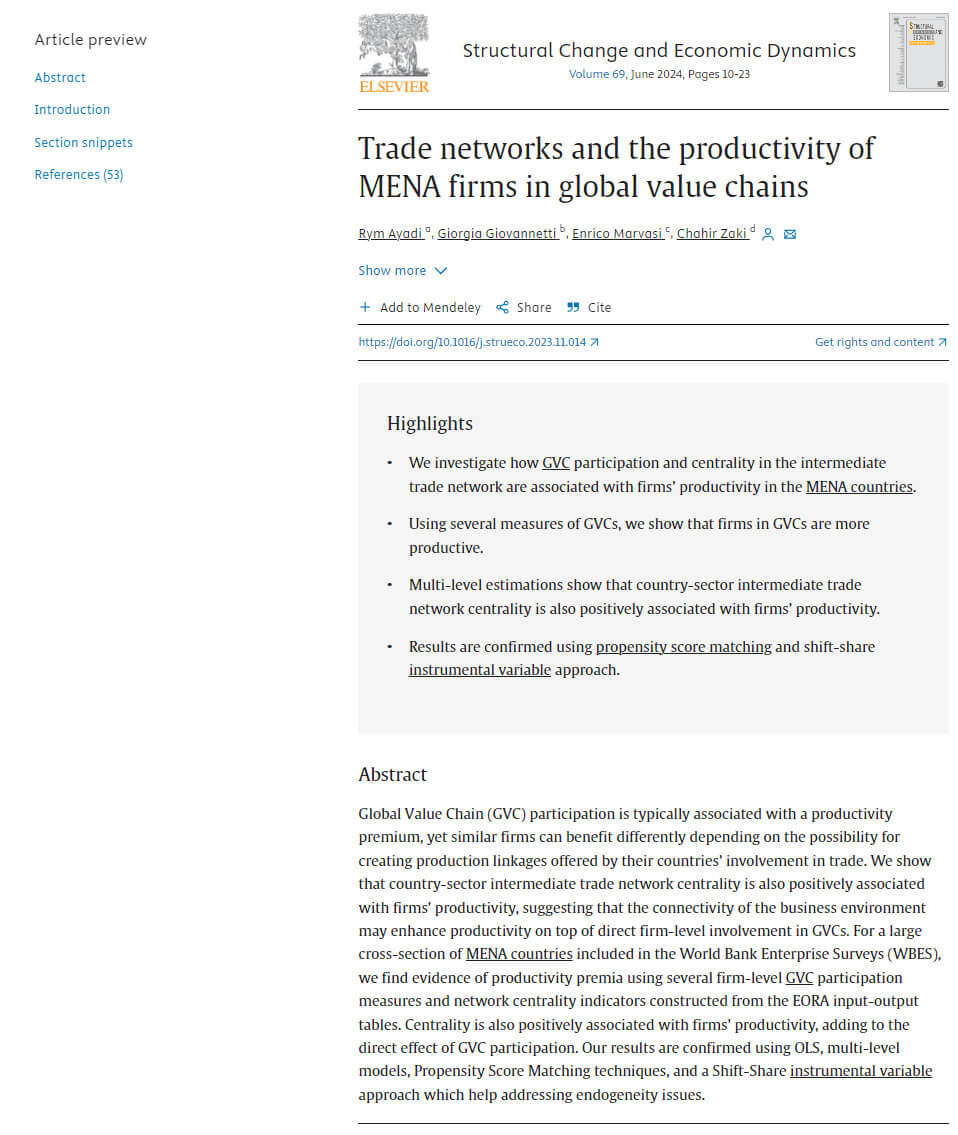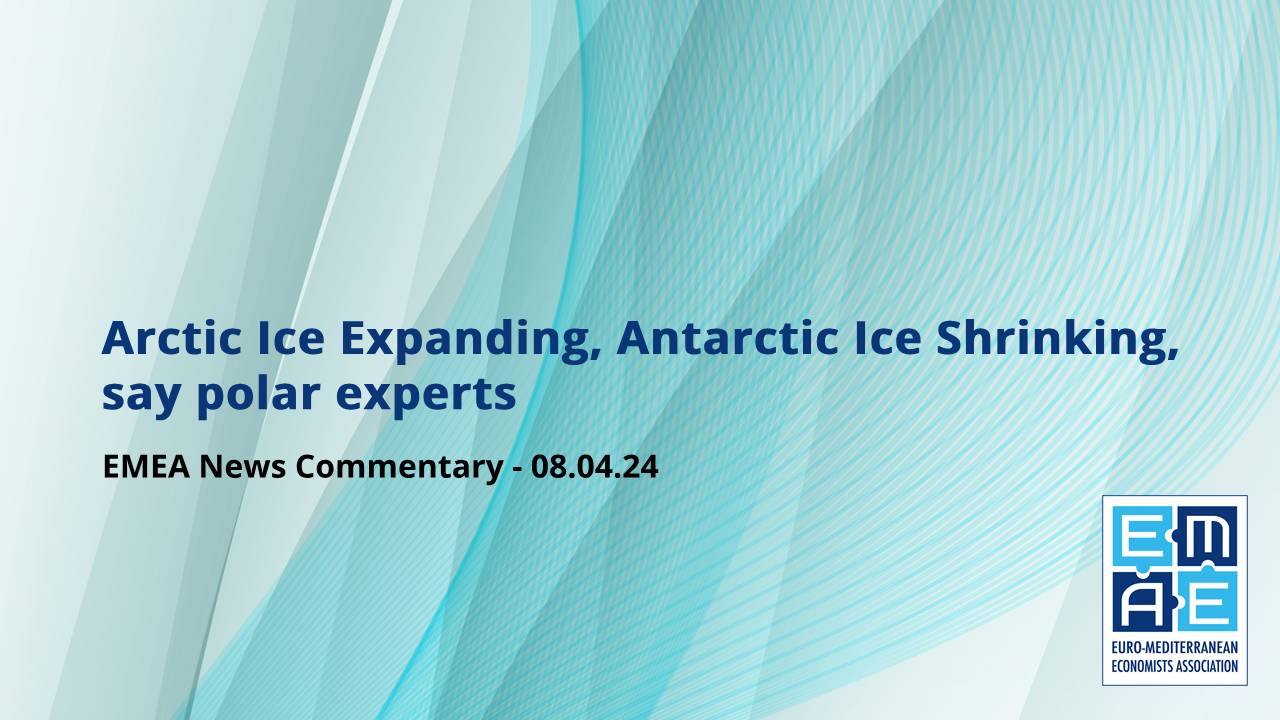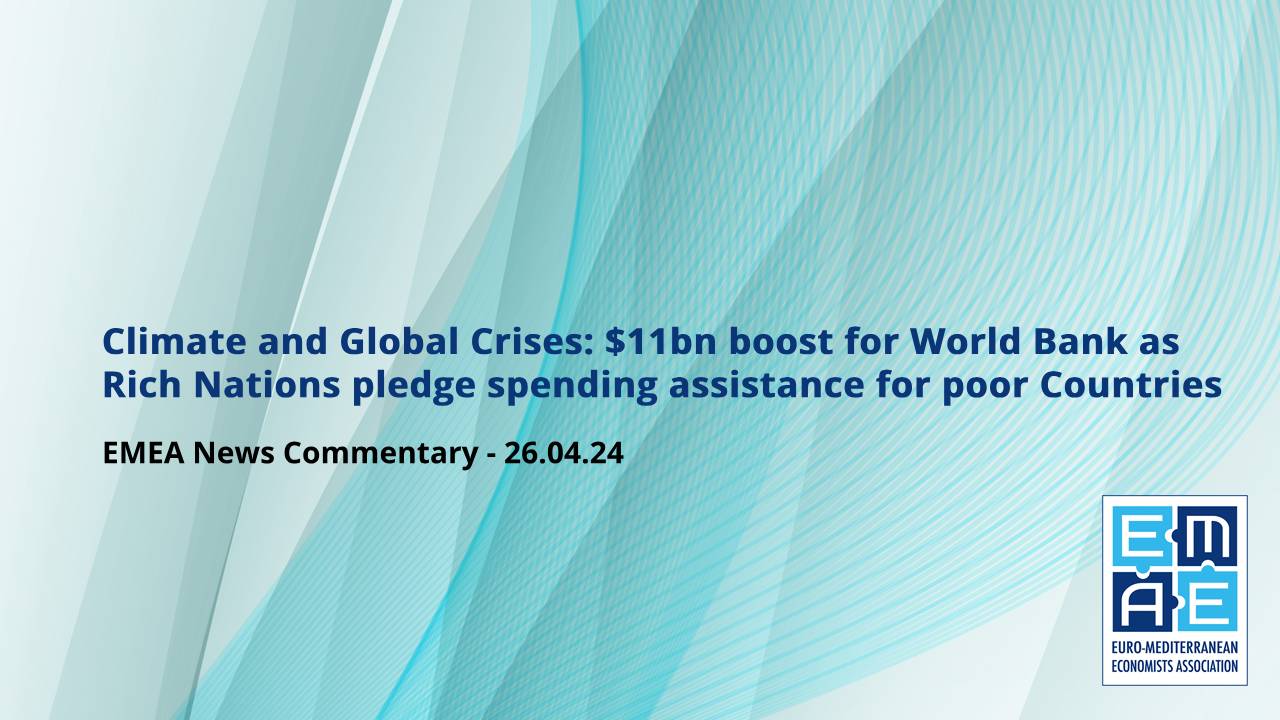The extent of sea ice in the Arctic has reached its seasonal maximum and has even surpassed its long-term trend – but the Antarctic is at record sea ice minimum levels, according to findings from the internationally renowned Alfred Wegener Institute (AWI), Helmholtz Centre for Polar and Marine Research in Germany.
The Institute is one of very few organisations worldwide which specialises in investigating the bio, geo and climate science of the polar regions, together with coastal and ocean temperatures.
“In 2024, the sea-ice minimum in the Antarctic is similarly low to last year. Meanwhile, the sea-ice cover in the Arctic has reached its maximum, which clearly surpasses the long-term trend,” the AWI reported.
The organisation said that in January 2024, Arctic sea-ice extent “roughly matches” the mean value for the 1991-2020 comparison period, which was introduced by the World Meteorological Organisation in 2021.
The research team confirmed that this January, the mean Arctic sea-ice extent covered an area of 13.99 million square kilometres – around 400,000 square kilometres more than the mean January ice cover over the past 20 years.
Ice coverage increased by about roughly 29,000 square kilometres every day of the month, although this represented slower growth than the mean values from 1981 to 2010.
But whilst January’s sea-ice levels across the whole Arctic region were above average, there were regional atmospheric temperature variations. The Central Arctic and the Canadian Archipelago were up to six degrees Celsius above the long-term mean, with the Bering Sea two to three degrees Celsius over the average. Meanwhile, the East Siberian Sea atmospheric temperatures were slightly below the long-term mean.
This year’s maximum sea-ice extent of 14.94 million square kilometres was recorded around 27th February, with the month as a whole having the 16th lowest sea-ice extent reading since 1979, the year satellite observation data started.
Compared to the long-term trend, sea-ice cover in the northern Barents Sea had declined, whilst the Greenland Sea, the northern Baltic Sea and the coastal zones of the Barents Sea were characterised by extensive sea-ice cover. This was “indicative of intensive and prolonged cold periods in these regions,” the AWI reported.
“It remains to be seen whether this year’s sea-ice extent will continue to surpass the levels seen in previous years and how the ice cover will break up,” said the AWI.
Reduced ice levels in Antarctica
Antarctic ice, meanwhile, indicated a diminishing trend, according to the Institute. In eight out of the 12 months during 2023, sea-ice extent was at record lows. By mid-February this year, it covered an area of 2.26 million square kilometres – only 258,000 square kilometres above the 2023 record-breaking minimum, equalling 2022 for the second lowest February figure.
“In terms of the monthly mean extent for February, the year 2024, at 2.40 million square kilometres, was the second lowest, continuing the trend of below-average values seen over the past eight years,” AWI reported of Antarctic ice activity.
The Institute said that this development could have been caused “by air temperature anomaly over” West Antarctica. In certain parts of the region, mean temperatures were 1.5 to 2.0 degrees Celsius above the long-term mean in January. In the areas known as Coats Land and Queen Maud Land, the air temperature was up to 6 °C above the long-term average.
“Generally speaking, very little sea ice remains in the east Antarctic sectors,” the AWI observed.
The role of sea ice in the global climate system
Polar region sea ice, which reflects up to 90% of solar radiation, is recognised as being a key indicator of climate change, as well as oceanic and atmospheric circulation patterns. “If the ice disappears, this radiation can warm the ocean, which in turn passes the heat on to the atmosphere,” the AWI noted.
Especially in winter, thermal flows could be significantly reduced by compact sea-ice cover. This was “an important aspect that should not be underestimated given the current state of global warming,” the research cautioned.
“As the atmosphere and ocean grow progressively warmer, more and more ice melts in the polar regions. This leads to a chain reaction in which the ocean absorbs more heat than it can rapidly pass on,” said the Institute, who reasoned that the decline in new-ice formation was partly due to polar amplification.
This explained the reason why the Arctic regions had warmed 3 to 4 times as much as the rest of the world. And although the Antarctic hadn’t yet demonstrated the same increased air temperature levels, this had only been temporarily deferred because the southern polar ocean was a significant heat absorber. “As a result, there is a delay before air temperatures increasingly rise,” the AWI remarked.
The researchers said that climate change in the polar regions, through atmospheric and oceanic circulation cells, influenced the weather and climate in Europe and around the globe, “especially the frequency of extreme weather events.”
Need for continued close observation of the polar regions
The AWI referenced the Duffey et al. (2023) study which showed to date, that Arctic warming had contributed roughly 10% of total global warming – despite the area only accounting for 4% of the Earth’s surface. If global temperatures rose by 2 degrees Celsius, temperatures in the Arctic would climb by an estimated 4 degrees annually and by 7 degrees in winter.
These potential consequences were a key reason for improving climate prediction models, the AWI noted. Continued close observation of the region was needed to develop greater understanding “of the processes and complex interactions therein.”
This would also have a bearing on the extent to which climate protection measures would need to be intensified, “without which warming will continue to progress,” the AWI warned.





